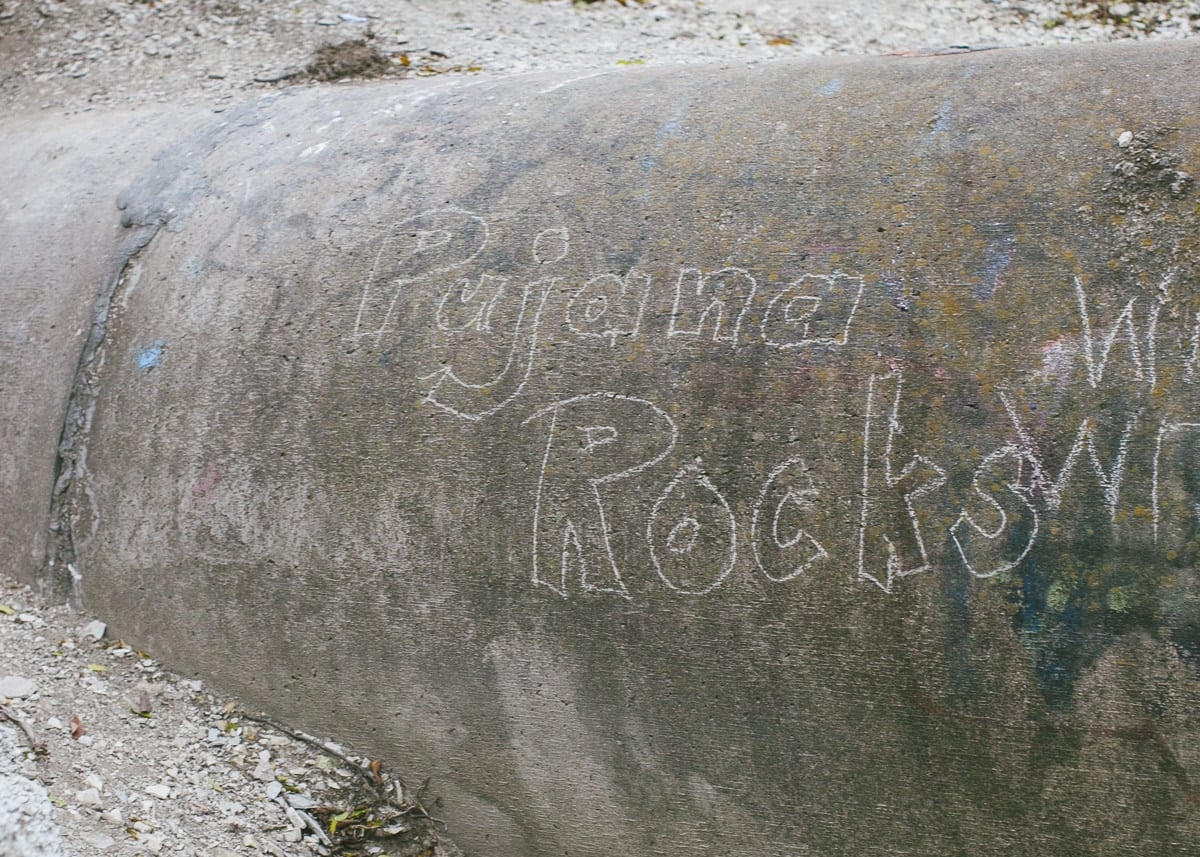The geology of the Dallas-Fort Worth Metroplex is very diverse and interesting, it mostly originating from the Cretaceous period. To learn more about it, I went on a trip with Dr. Ignacio Pujana and a group of people from UT Dallas to visit various places around the Dallas/Fort Worth Metroplex. I’m not a geologist but I do find geology very interesting, especially the geology of the area I live in. Being somewhat familiar with the geology of your area helps you understand why a lot of things are the way they are. It impacts how houses are built, roads are formed, the type of industry your area supports, people’s hobbies, and many other things.
We made 5 stops around the Metroplex to observe in person the various major geological features that are around us. It was an overcast autumn day that was a bit cold. That didn’t deter this from being a great educational trip.
Here is an illustration of the various geological layers that are in the Metroplex.

Stop 1: Mosque Point – Fredericksburg Group Layer, Walnut and Paluxy Formations
Our first stop was Mosque Point in Fort Worth. Here we observed the Fredericksburg Group layer. Dr. Pujana pointed out how the latter is made up of clearly visible Sand Stone.
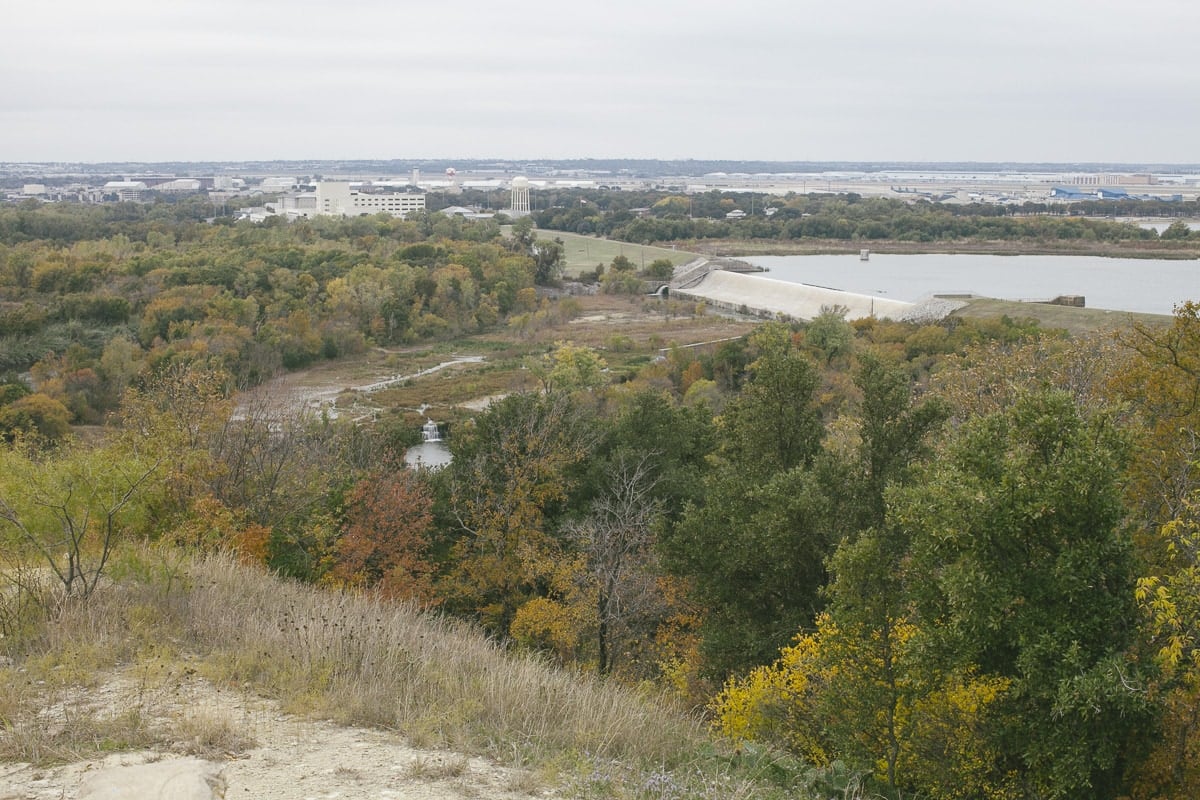
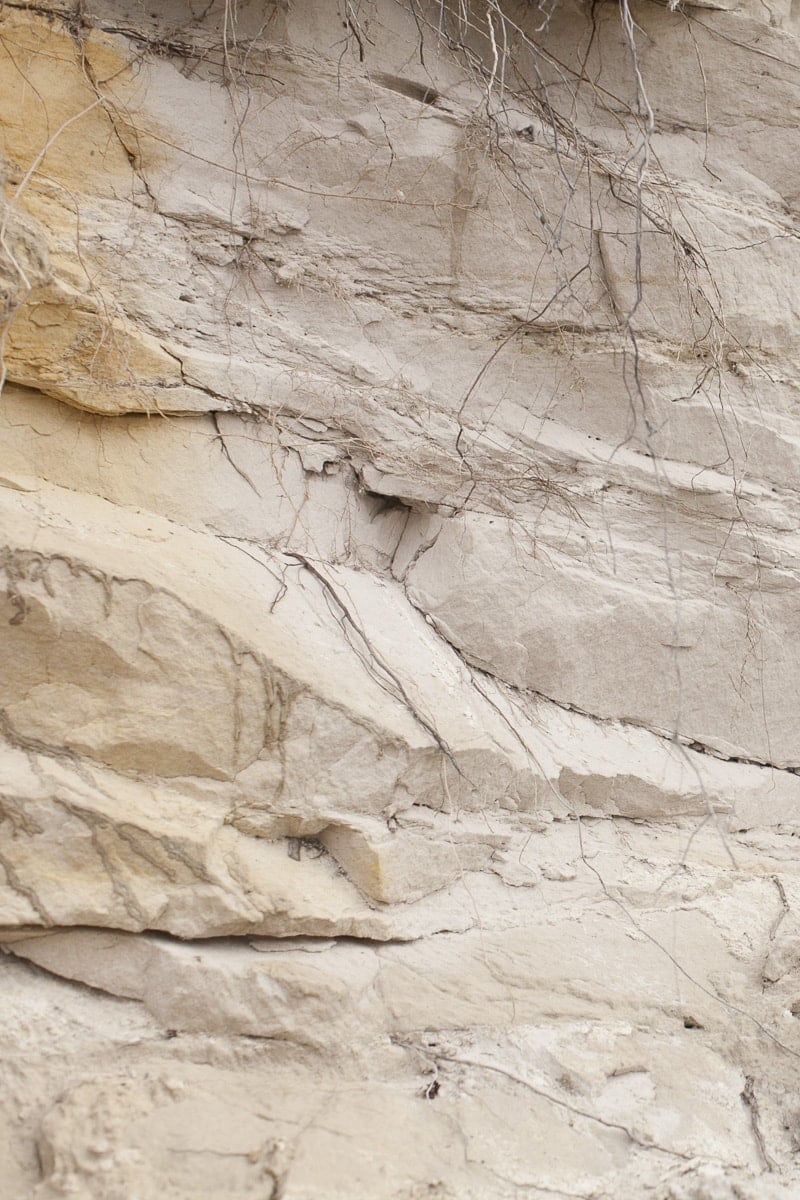
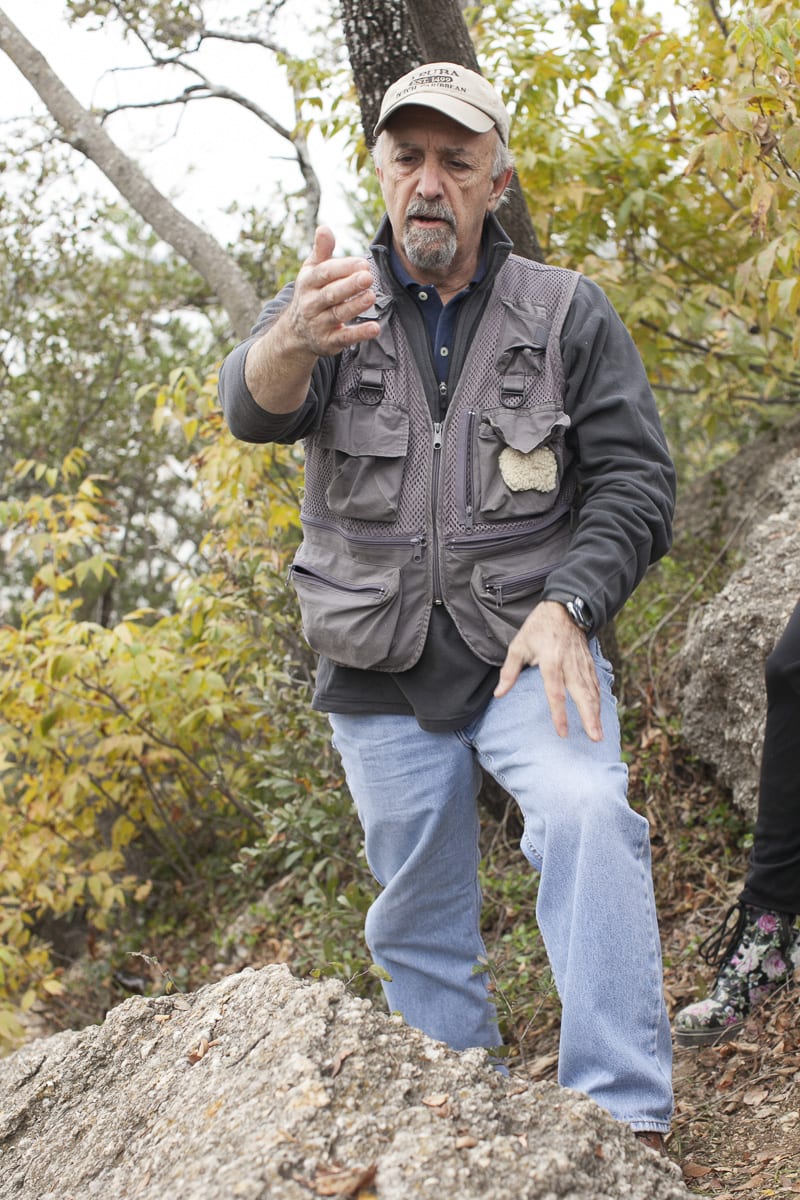
We then followed a fisherman’s trail through the woods to a site of pretty waterfalls and interesting natural elements. This was at a much lower elevation. Here we observed how this entire area was on a bed of sand called the Paluxy Formation or Trinity Sands.
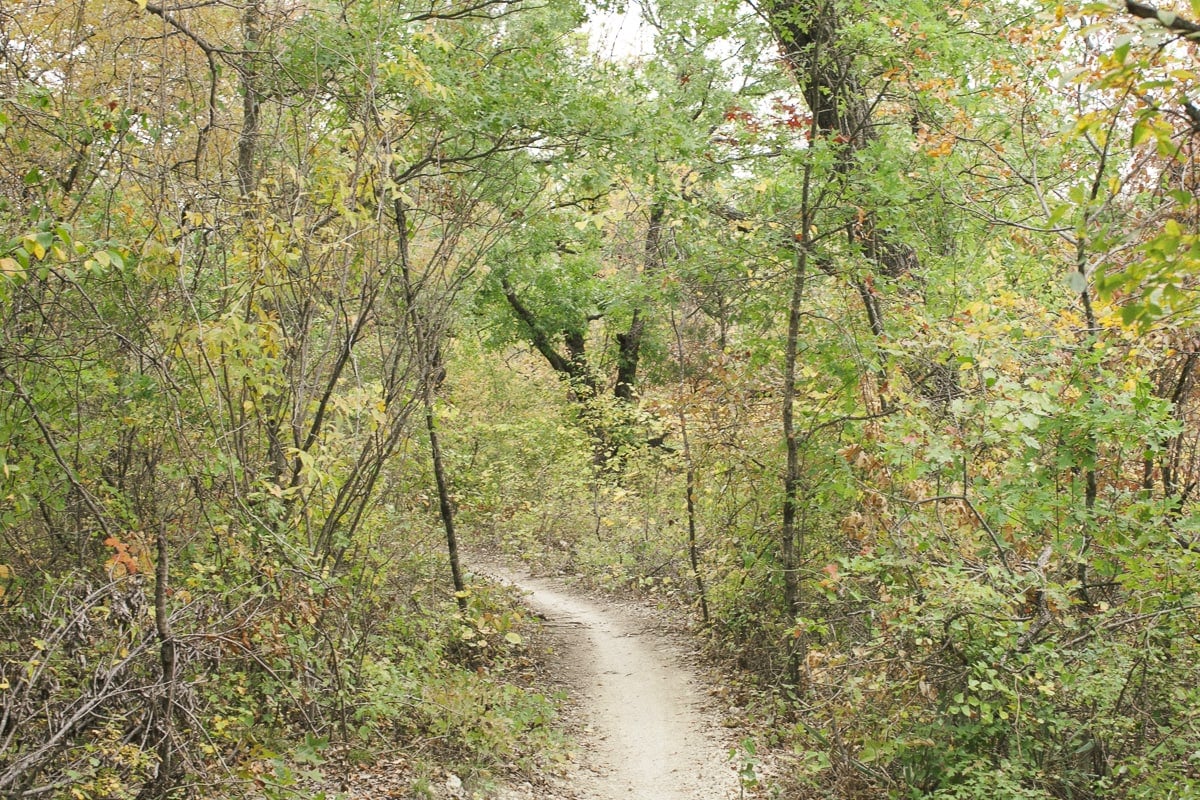
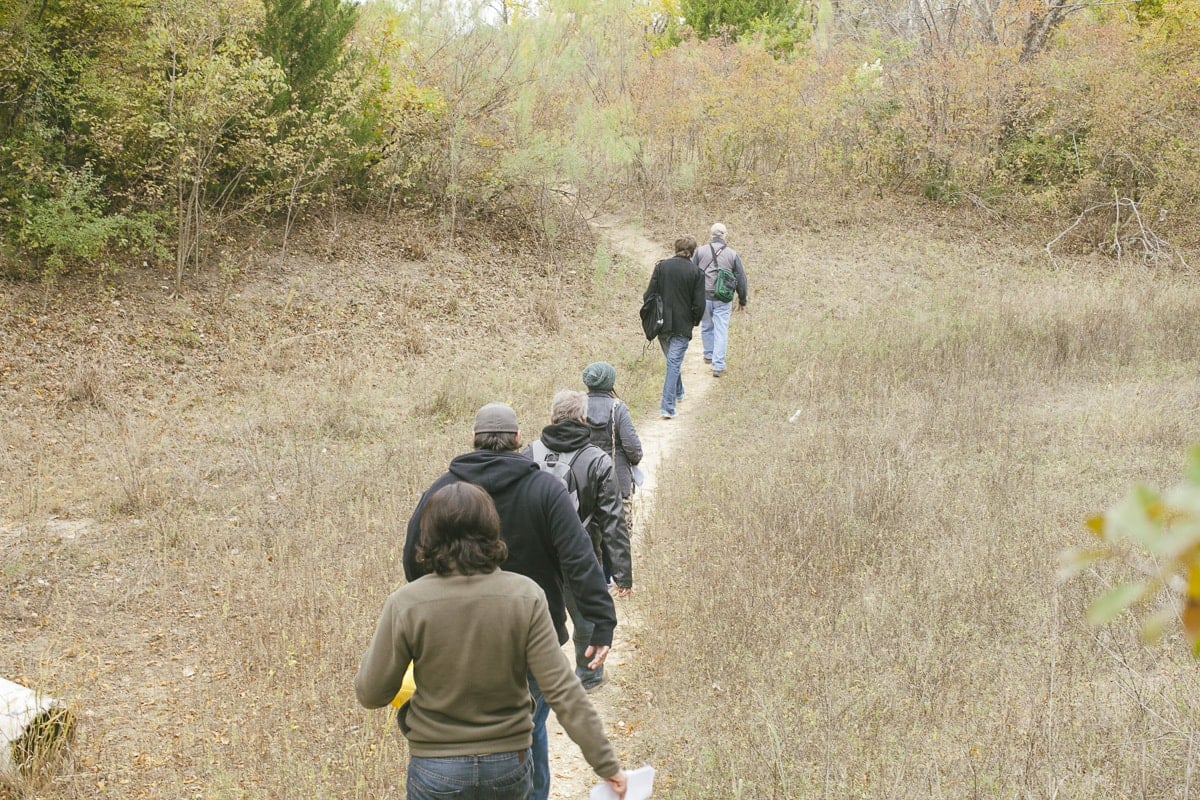
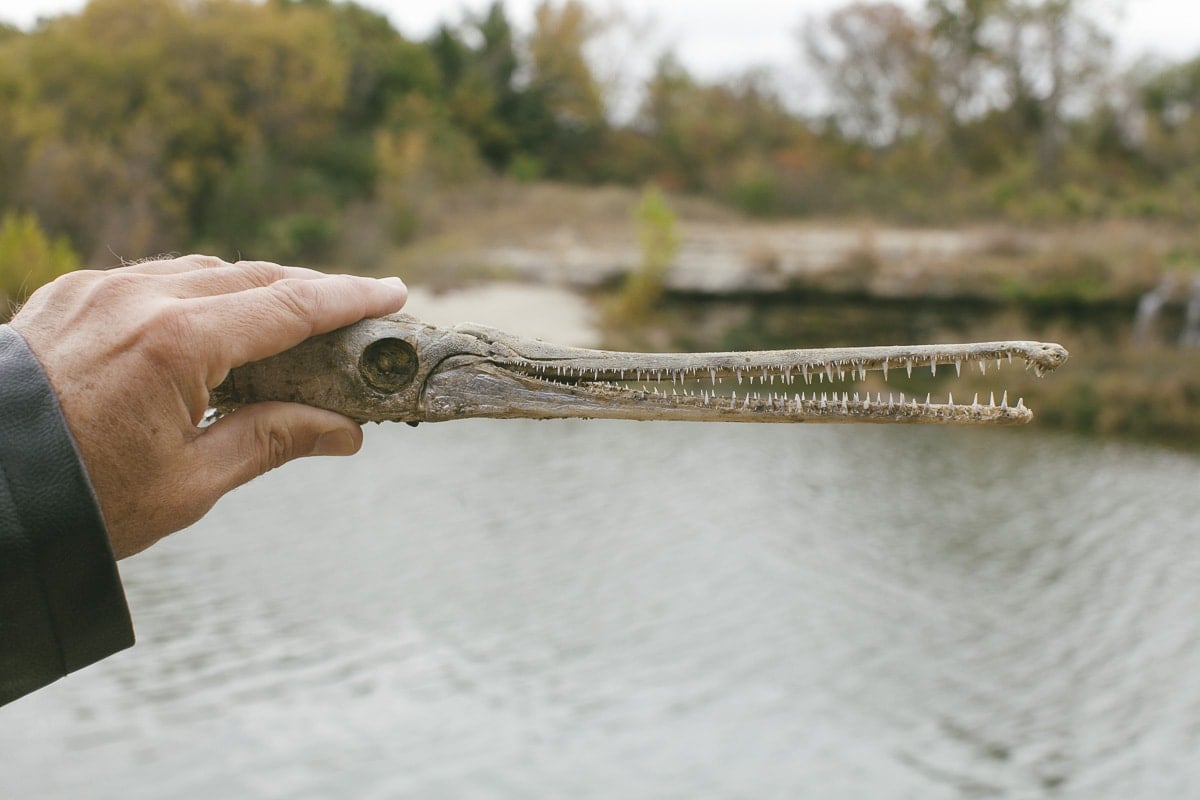
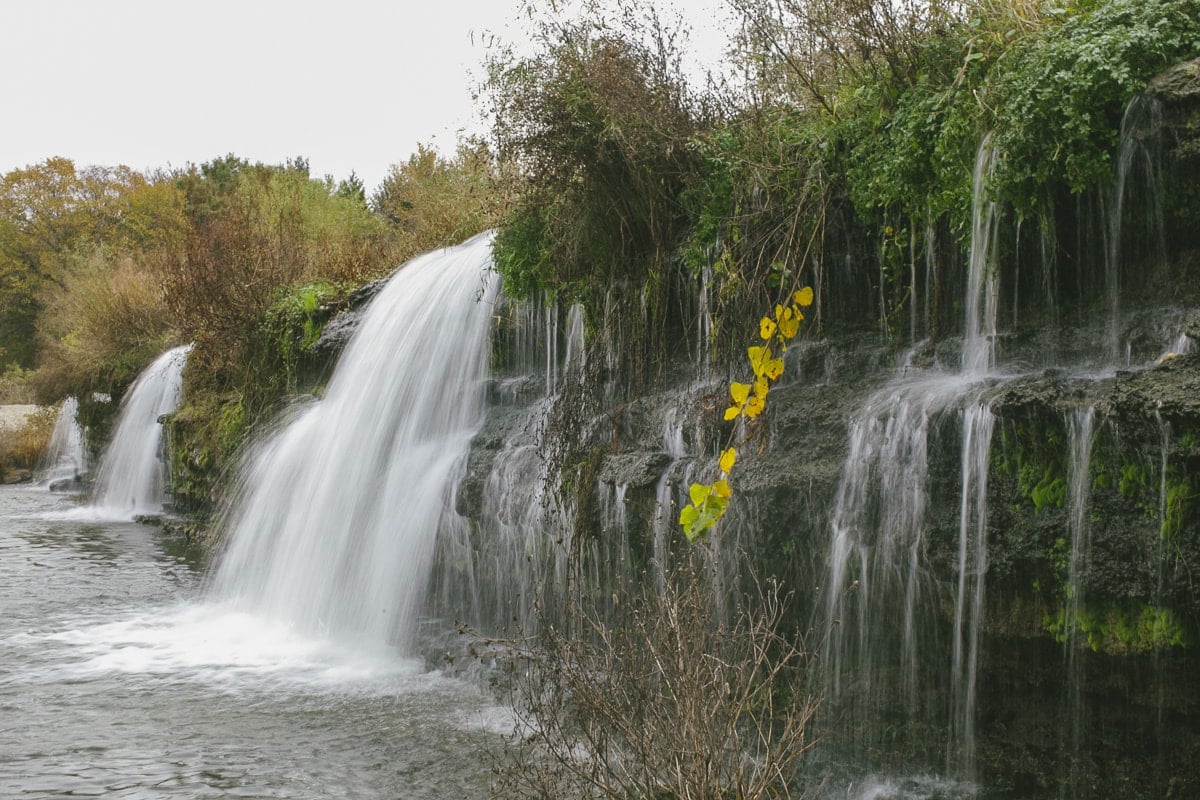
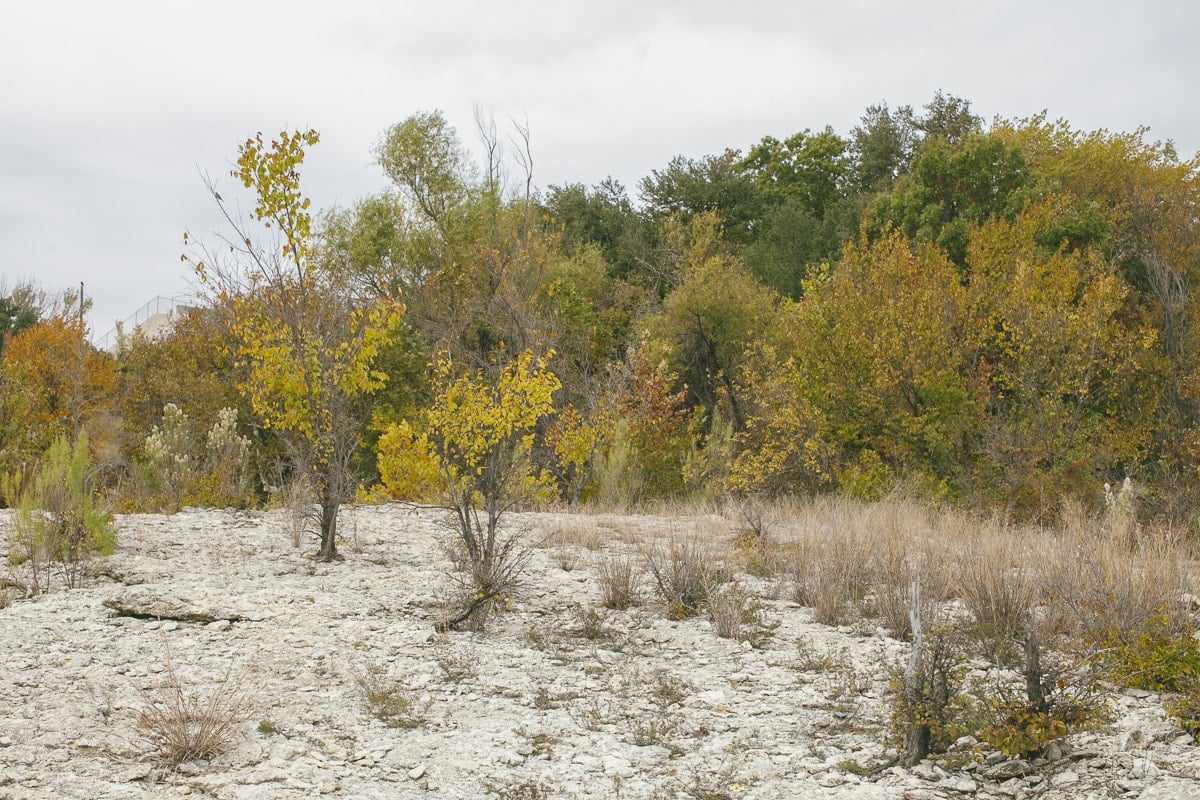
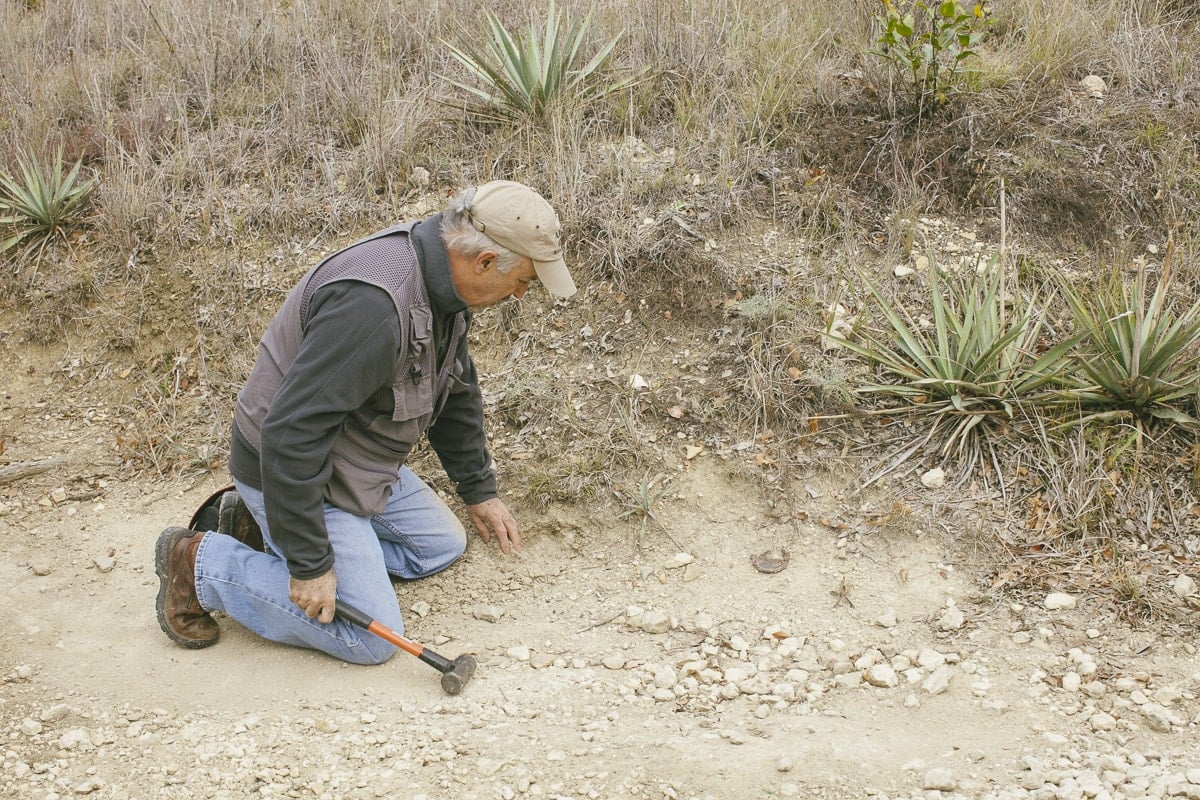

Stop 2: Eastchase Parkway – Washita Group Layer, Grayson Marl
For the Washita Group Layer, we pulled over to observe the Grayson Marl formation. It was visible right from the side of the road. This is formation is one of the least exposed geological layers in DFW. It consisted of soft sand full of tiny fossils of sea life.

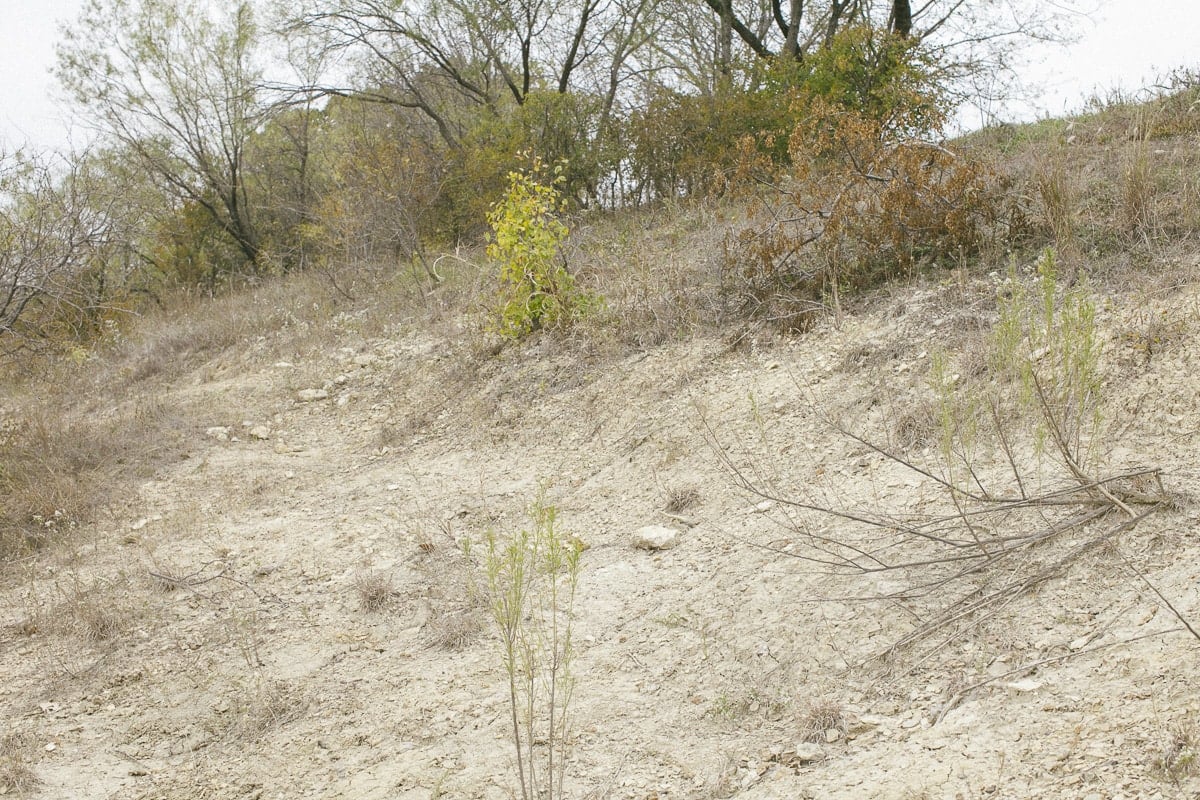

Stop 3: Rockledge Park, Lake Grapevine – Woodbine Sandstone Layer
The next stop was at Rockledge Park at Lake Grapevine to learn about the Woodbine Formation. On the north area of the lake, the Woodbine Sandstone layer is very visible. Fossils are also found here. In 1982, Julie Tyler found Hadrosaur, a dinosaur, tracks while walking her dog. While we were there, we also got to come across a couple of fossilized dinosaur tracks. The size of them is incredible.
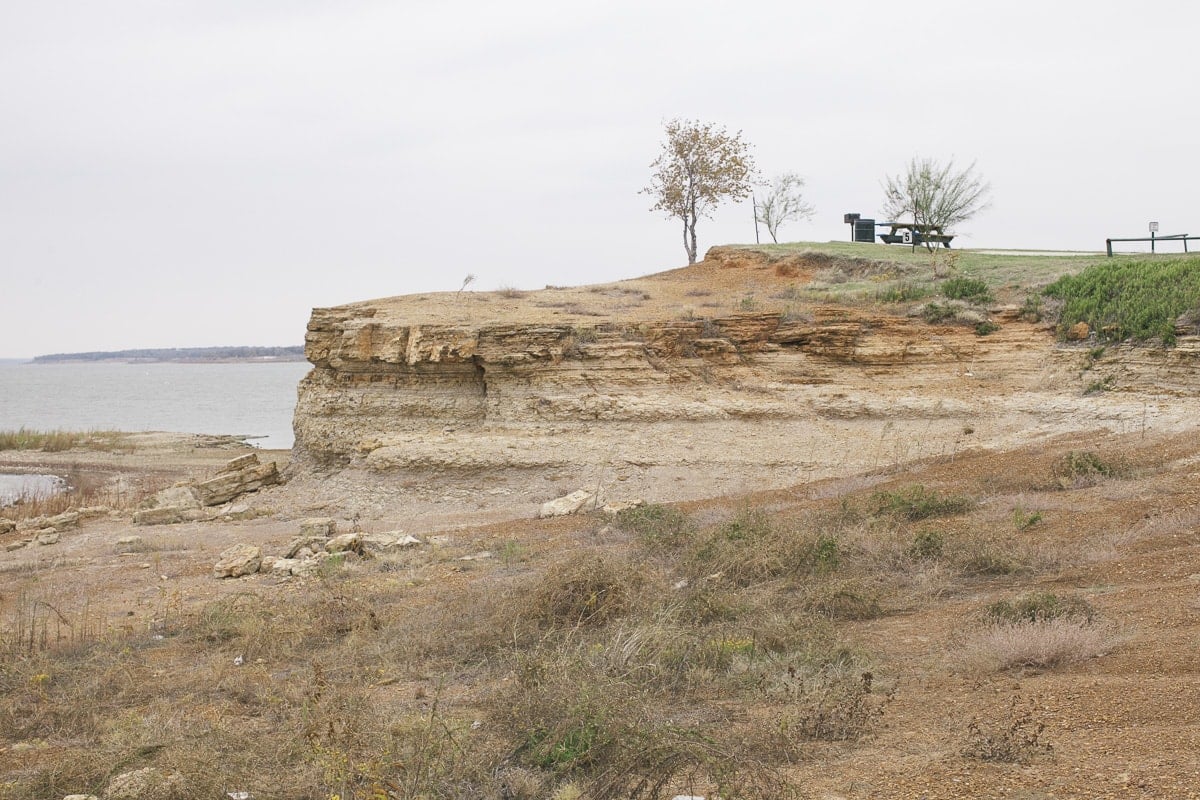
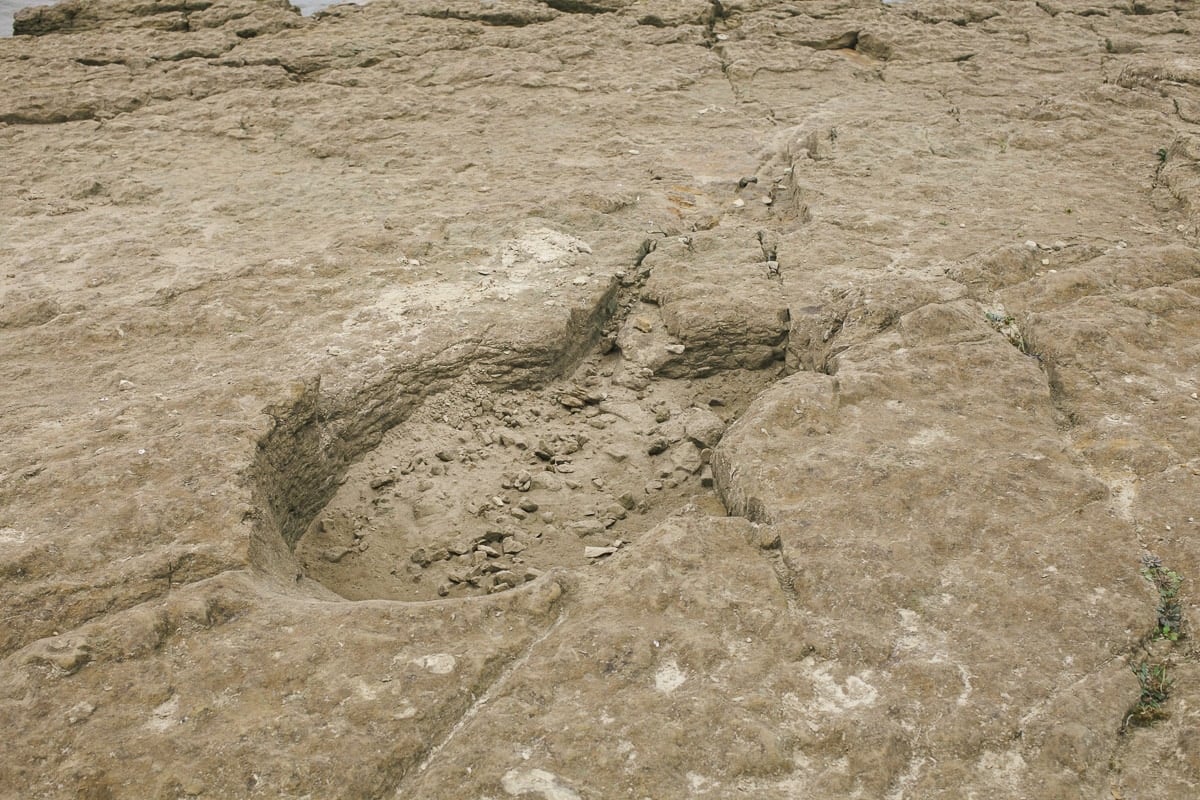

Stop 4: Super Fiesta Bazaar – Eagle Ford Shale Layer
This stop was one of my favorites because it was new to me. I was surprised by how easily accessible all these geological sites are. It also fascinated me how the Eagle Ford Shale was visible right behind a shopping center off of Loop 12, a road I have driven on many times.
The shale is primarily comprised of fossilized organic matter. It’s almost like a solid form of oil. I couldn’t even fathom how much life had to exist and die in order to create so much shale that it’s an entire layer in Texas. When you pick it up, it just crumbles between your fingers.
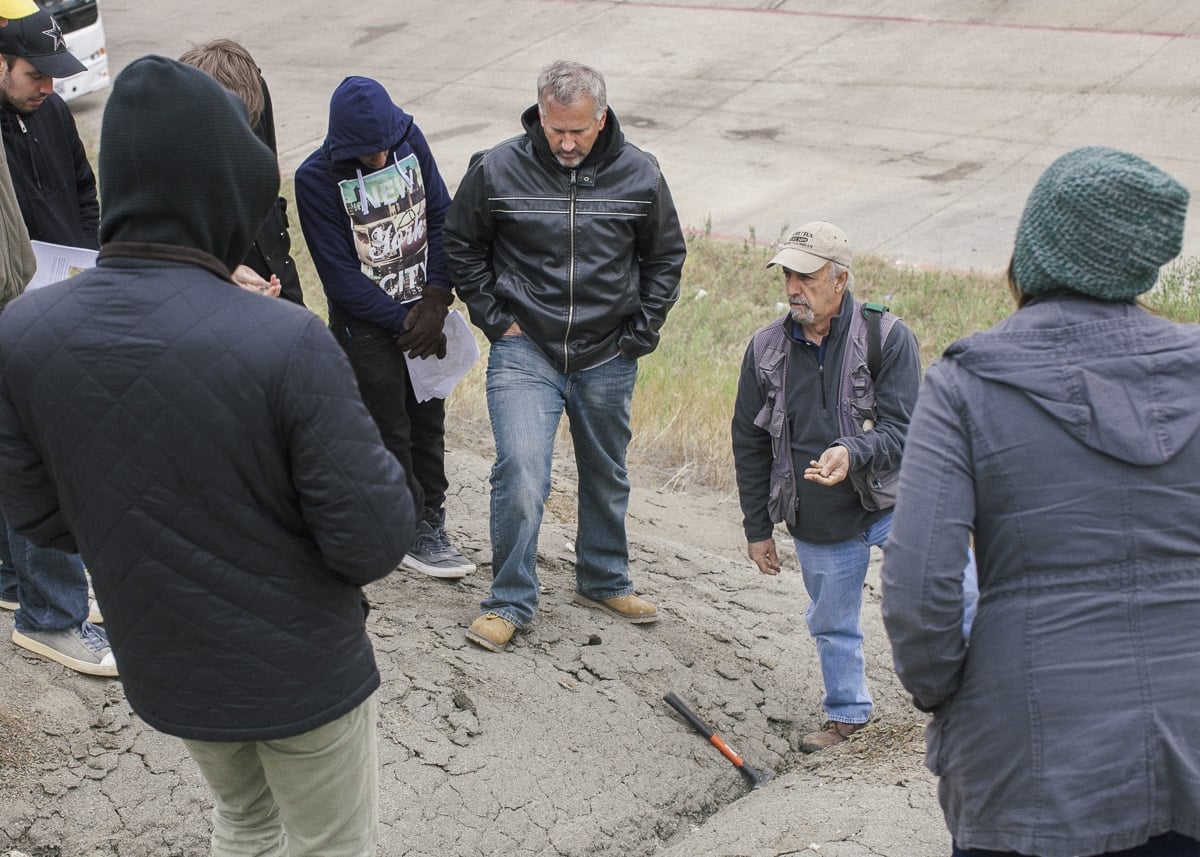
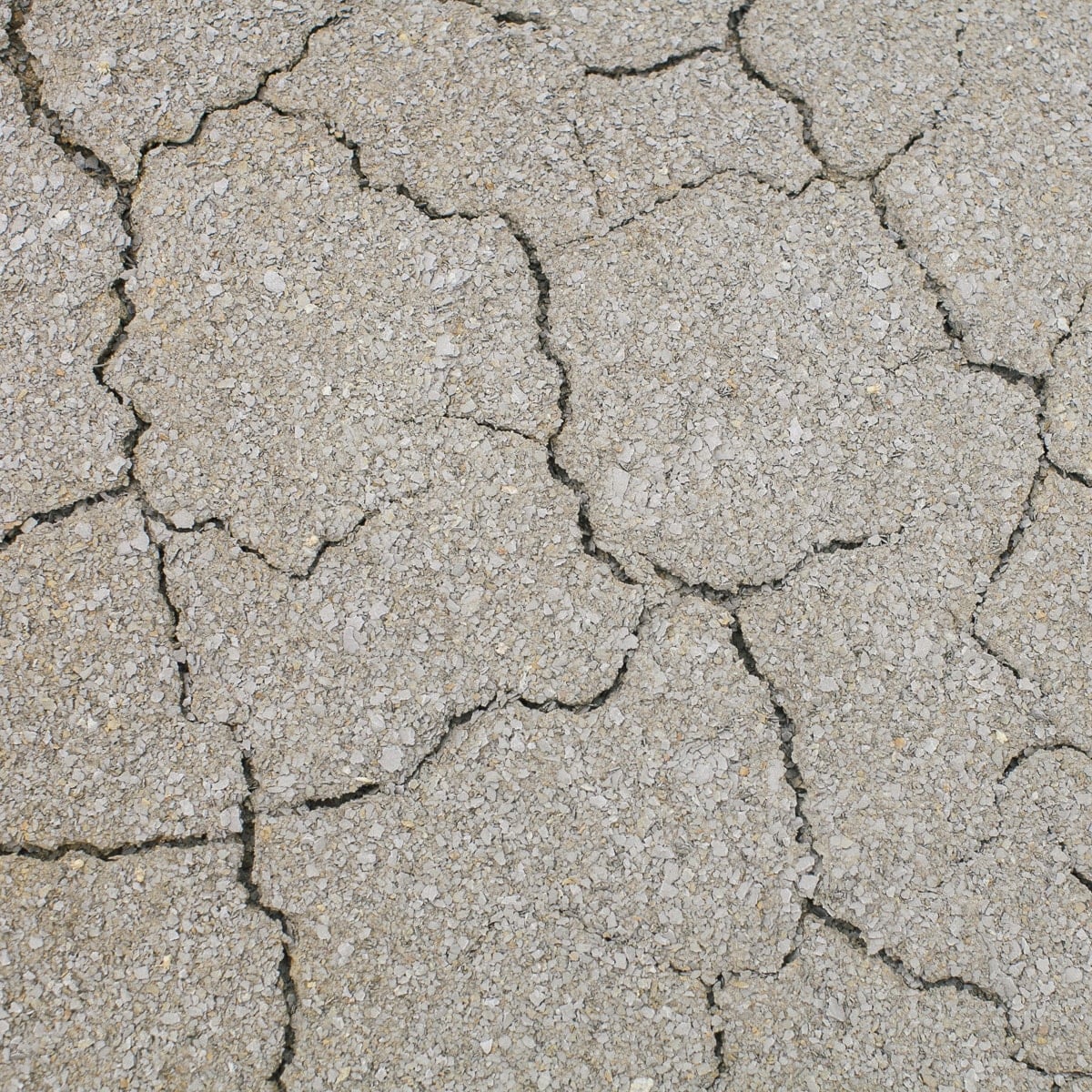
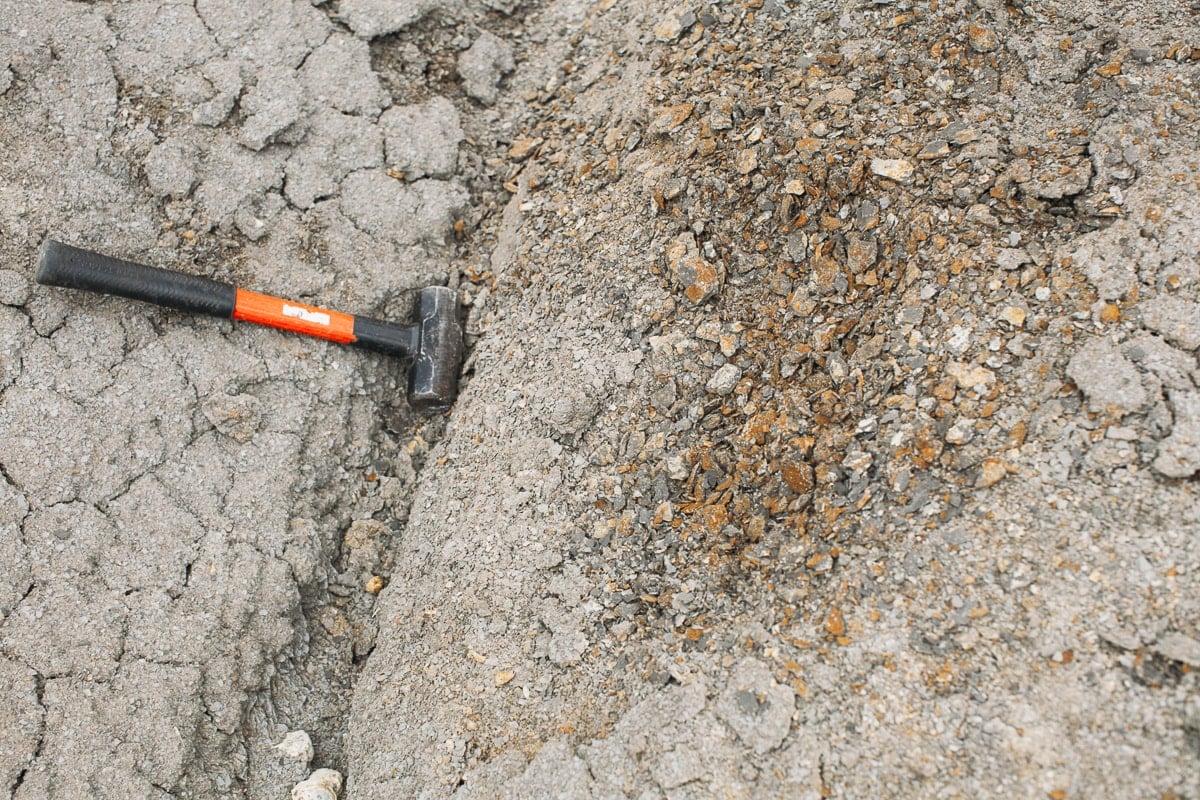
Stop 5: Anderson-Bonner Park – Austin Chalk Layer
Our last stop turned to be the best stop of all. We went to Anderson-Bonner Park in North Dallas to view the Austin Chalk layer. I had actually been there many times and in that area many many times. I had no idea what Dr. Pujana showed us existed.
He led to the creek area in the back of the park and down a small steep trail. Once we made it down to the creek, we saw incredible cliffs of white chalk running along the creek. I did not know that white rock was chalk. The almost pure white cliffs amazed me. They made for some really interesting photos.
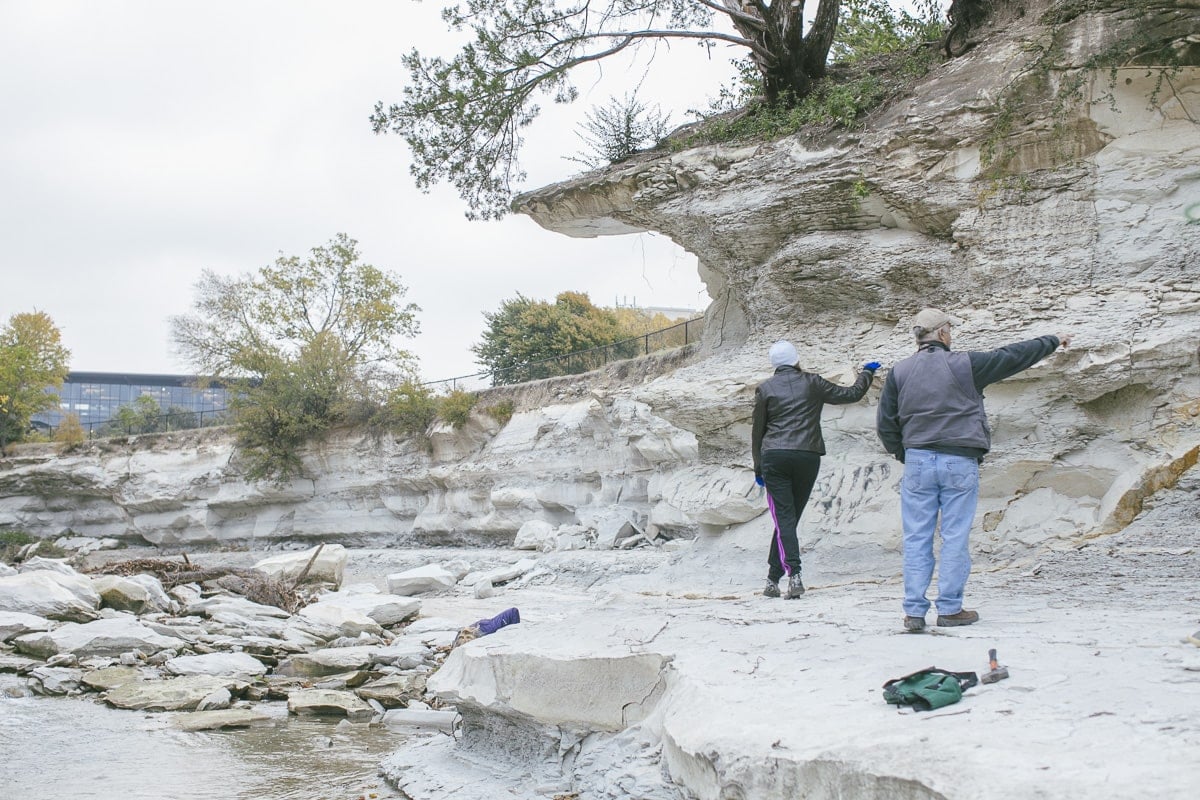
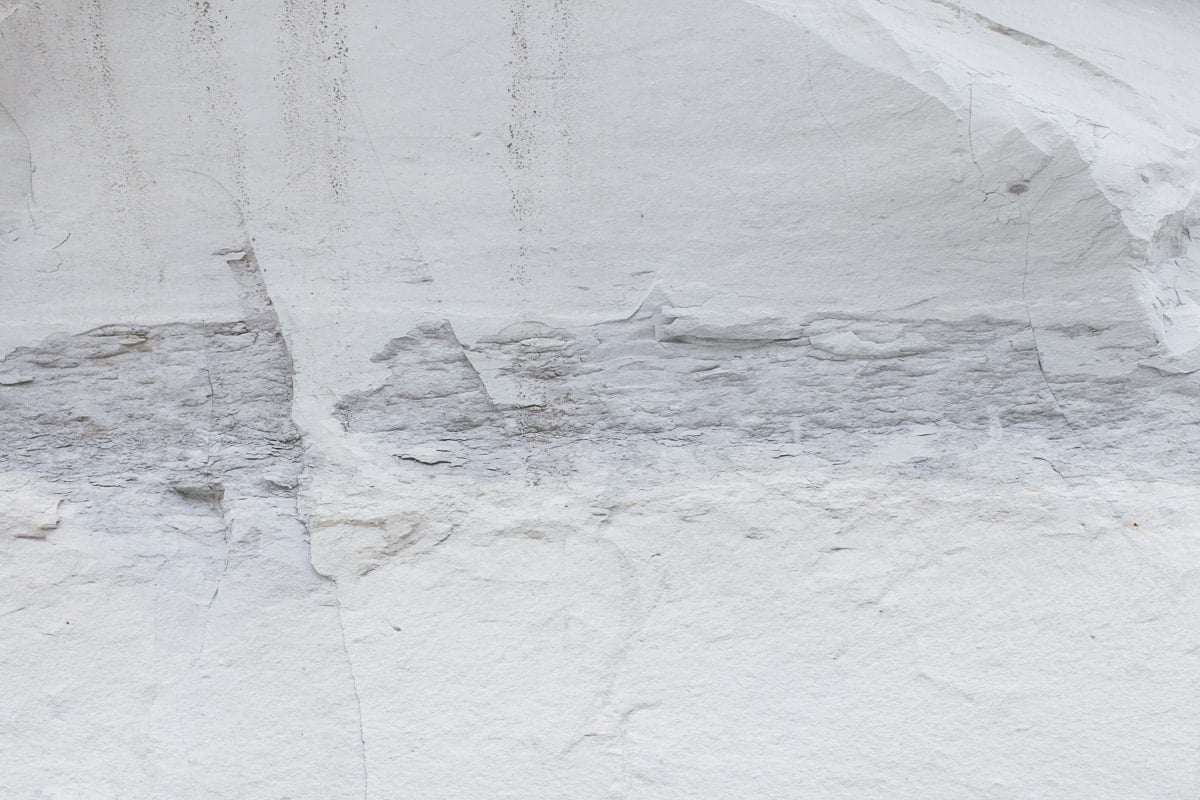
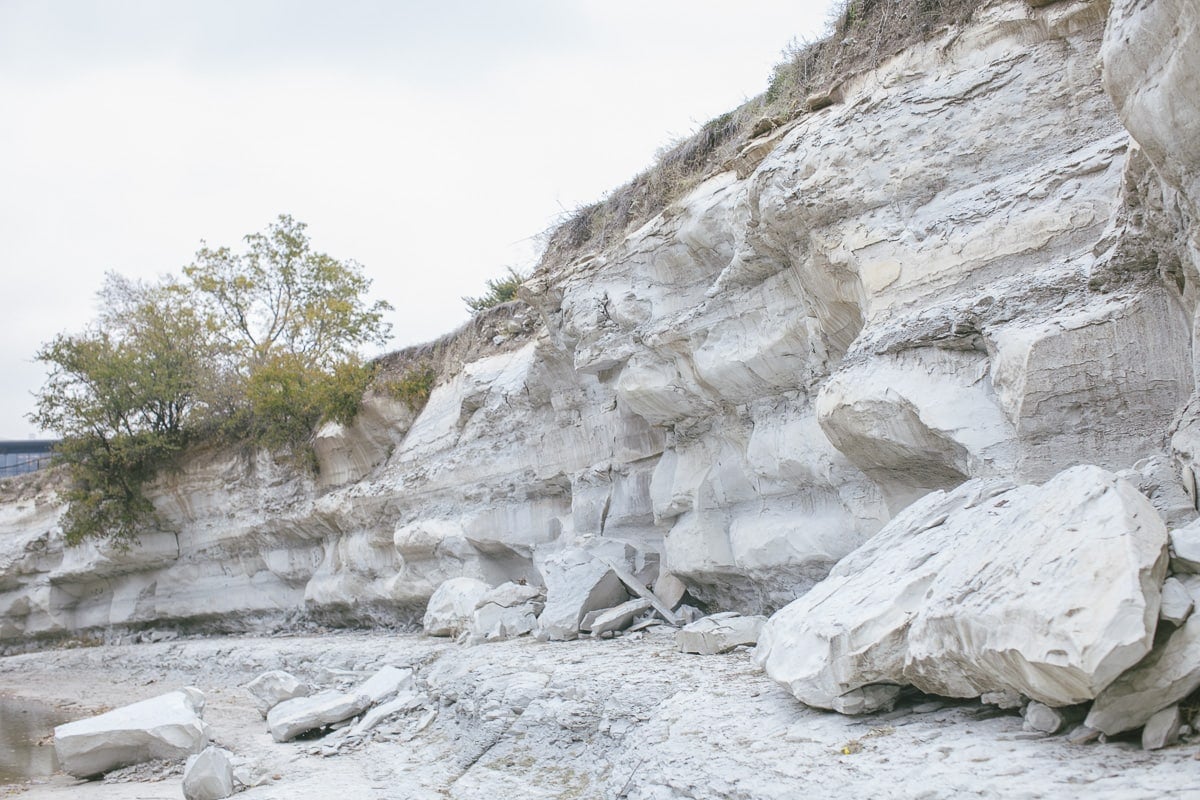
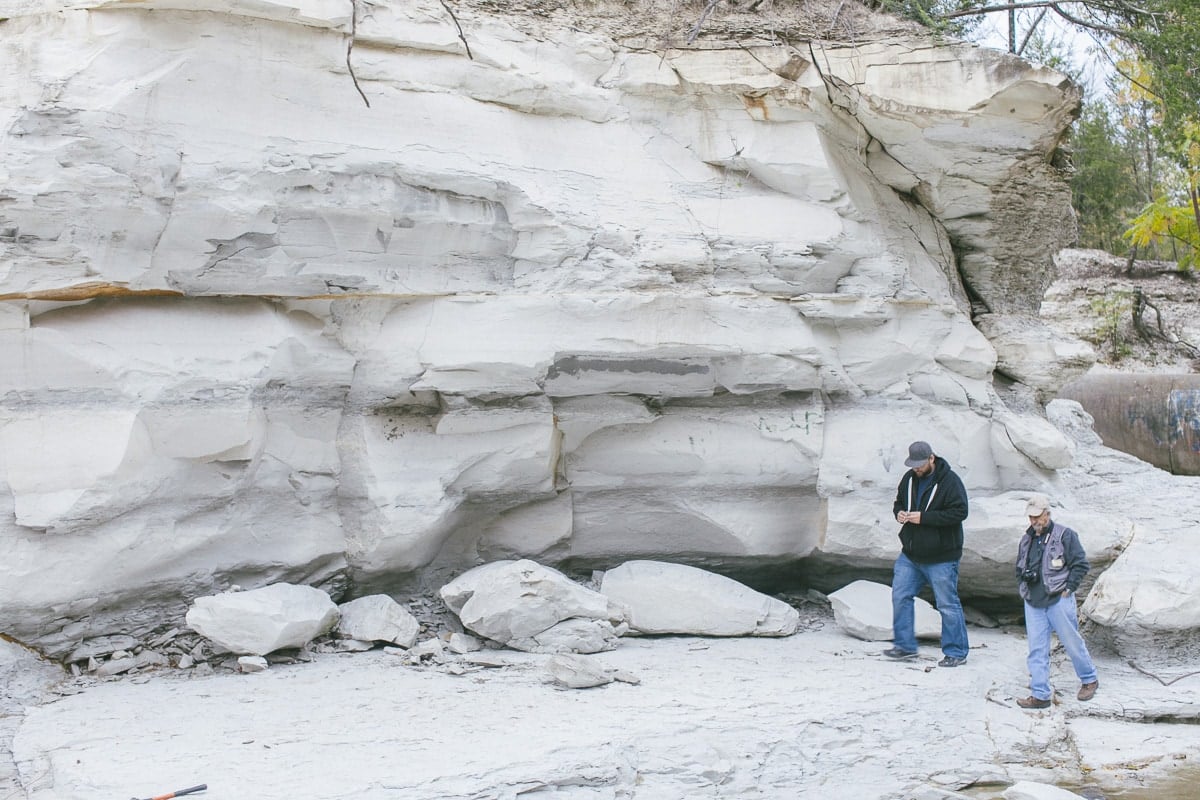


I really enjoyed this trip and I learned so much about the geology of the Dallas-Fort Worth Metroplex. It all opened my eyes impact geology has on everything around us. I appreciate Dr. Pujana taking us on this trip.
